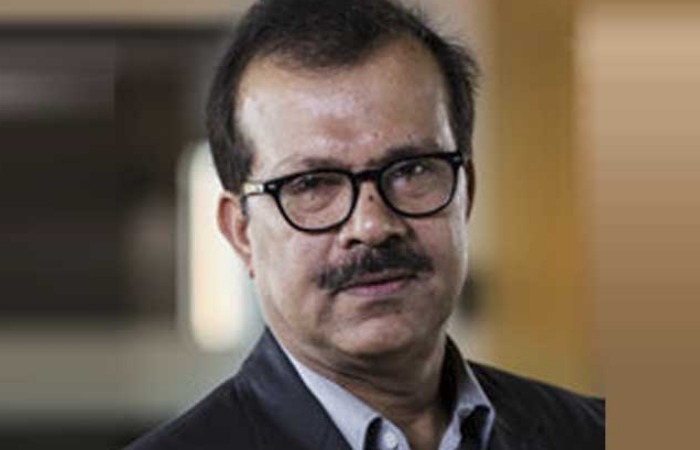
We are very positive towards underground mining
For underground coal mining, continuous miner technology has proved to be flexible, productive and more suitable for Indian conditions. Shib Bhowmik, Managing Director, Komatsu Mining Corp, India, shares more on the current scenario and technology trends in underground mining.
How do you look at the importance of underground mining in India?
The choice and selection of underground mining is essentially a question of economics and other obstacles. If certain mineral deposits are situated at a certain depth/location then underground mining is the only choice. Also existing important surface structures may dictate the choice of underground mining. Question of environment, forest, and other existing natural flora and fauna also freezes the choice if one can go for surface mining or underground mining.
What are the major challenges and risks involved in underground mining?
Underground mining involves different and increased geological risks, mining risks, working in constrained area, challenges in ventilation, adequate light, transportation of men and materials etc.
Which are the major equipment used in underground mining applications?
For underground coal mining, continuous miner technology has proved to be flexible, productive and more suitable for Indian conditions. Longwall mining can give high production, but this has proved challenging in Indian conditions due to geological and other operative reasons. Typically for CM technology – continuous miner, shuttle cars/battery haulers, roof bolters and feeder breaker are used. Joy (Komatsu Mining Corp Group) is the global leader in supplying these equipment and also lifecycle management of these equipment.
What are the recently evolved underground mining technologies and equipment?
Recent developments are towards autonomous working of these equipment to minimise man-machine interface and improve safety and production.
How do you assess the government plans to involve more private players in mining?
This is a good move and hopefully will bring more competition, technology, and resources in this important sector. We will also see more production, employment generation and wealth creation for the nation.
According to reports, Coal India is planning to offer underground coal blocks to global MDOs. What opportunities do you see from such developments?
This is a welcome move because in these tenders, Coal India is intending to offer the contract on a long-term basis (up to 25 years or life of the mine, whichever is less). This will enable the mine developers and operators (MDOs) to invest in appropriate technology and equipment which they can amortise through the life of the mine. This was a big obstacle especially in surface mining contracts where because of the short duration of the contract, the MDOs/contractors were deploying old and many a times unsafe construction equipment in mining operation.
However, in these contracts, the MDOs have to invest in entire mine infrastructure (high investment) and get paid only on ‘cost/ton’ basis. Also several regulatory approvals like environment, forest approvals are in the scope of the MDOs. We will need to wait to see actual interest that these contracts can generate. Prima facie, these contracts will need more investment, have higher risks but payment will be only through production of coal.
What are your future plans for Indian underground mining market?
We are very positive towards underground mining especially towards application of continuous miner technology in underground coal mining in India. Complete ecosystem for this technology (skilled manpower, lifecycle management and other infrastructure) has been well developed over the years. Our mine planners now feel very confident about this technology to be the main technology in India.


 +91-22-24193000
+91-22-24193000 Subscriber@ASAPPinfoGlobal.com
Subscriber@ASAPPinfoGlobal.com